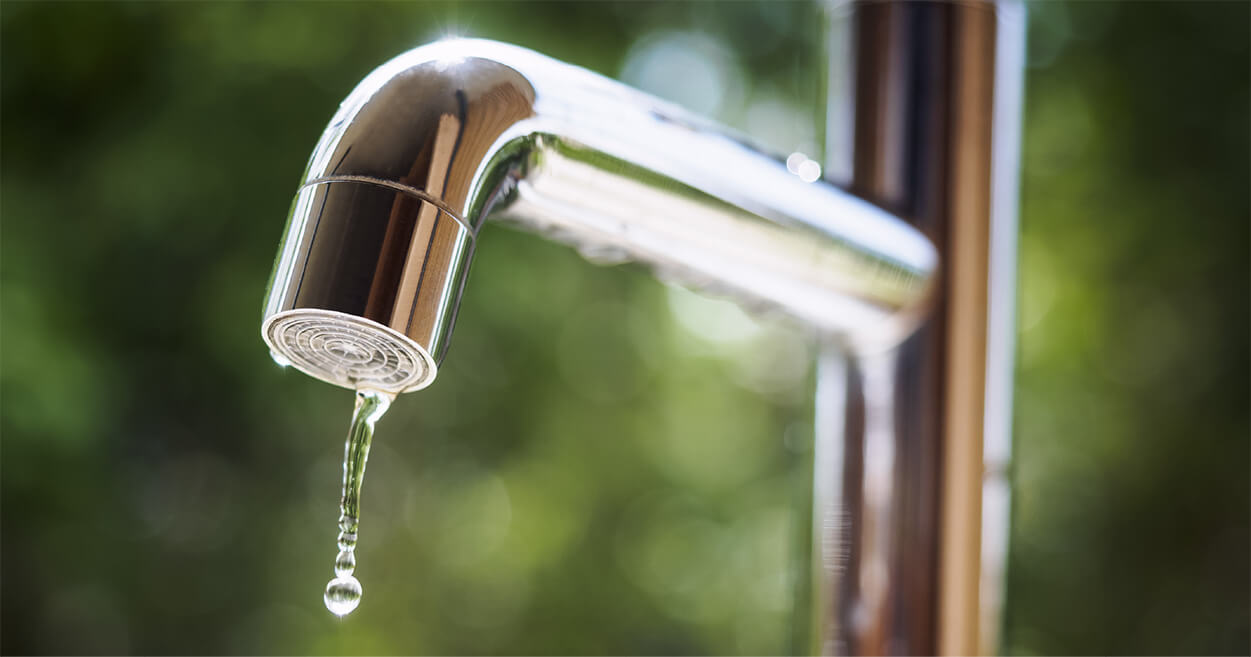What is an emergency fund?
An emergency fund is money that is set aside in a savings account for unplanned expenses. You may already have separate checking and savings accounts. However, an emergency fund should be in its own account.
Many people use their savings accounts for vacations, large planned purchases, and even an occasional impulse buy. That’s what makes an emergency fund unique.
The money in this account is used only for true emergencies. It allows you to handle surprises without racking up credit card debt or missing payments. Having an adequate emergency fund is especially important if you own or are planning to buy a home.
Importance for homeowners
Homeowners must learn to expect the unexpected, such as a roof leak or an AC system that fails when you need it most. When you have an emergency fund, you can easily cover these expenses without derailing your financial goals.
If you are an aspiring homebuyer, having an adequate emergency fund shows lenders you are responsible and prepared to take on the good and bad associated with purchasing a house.
An emergency fund also helps homeowners keep up with mortgage payments if they lose their job or have a health crisis. At CrossCountry Mortgage, we encourage our clients to build up their savings so they feel financially secure as homeowners.
How much emergency savings should I have?
When it comes to emergency savings accounts, you may have heard the general recommendation of three to six months’ worth of expenses.
This is a good baseline. Still, you need to tailor your savings strategy based on your household and your unique situation. For example, a single-income household might aim for twelve months of savings. On the other hand, if you and your spouse both work, a six-month fund might be just fine.
One of the biggest challenges involves accurately calculating your monthly expenses. You need to know that figure before you set a goal for your emergency fund.
Factors to consider
When deciding how much to save in your emergency fund, account for these expenses:
- Mortgage payments
- Vehicle payments
- Fuel and food
- Utilities
- Recurring bills (i.e., mobile plans, internet)
- Insurance premiums
If you ever have to dip into your emergency fund, it’s time to cut out any nonessential spending, such as morning stops for coffee. Once the emergency ends, work on rebuilding your fund back to the target level.
Rebuilding your fund after a multimonth financial crunch requires discipline, but it is well worth it. There’s no peace of mind like knowing that you have thousands of dollars to tap into if something goes wrong. No matter what surprise repairs or life events come your way, you’ll be ready.
Additional savings for homeowners
Don’t rely on your emergency fund to cover expenses you know are coming. Suppose that during your yearly AC tune-up, the technician tells you that you’ll need a new unit within the next two or three years. Instead of planning to pay for a new system out of your emergency fund, consider setting aside money in a separate account to cover that expense.
If your home is older, plan for bigger expenses. Repairs to older foundations, electrical systems, and plumbing can reach into the tens of thousands of dollars.
Your emergency savings account should also cover temporary housing if your home is uninhabitable. While your homeowners insurance policy should reimburse you for emergency housing costs, it could take weeks or months to process your claim. In the meantime, you’ll need to pay for those expenses out of your own pocket.
How to calculate your emergency fund
To calculate your emergency fund, tally your monthly expenses. Include all of the essentials, such as fuel and groceries. Exclude nonessentials like dining out. Multiply that number by three to six months for a baseline. Then, factor in the costs of home repairs.
Suppose that your essentials are $4,000 monthly. In that case, you should aim for an emergency fund of $12,000 to $24,000.
If you’re a homeowner, add at least $5,000 to $10,000 to this baseline. This is especially important if you intend to save only three months’ worth of expenses. A big home repair could eat up your entire fund. If you face a major financial disruption, you might not have enough cash to cover all of your bills.
Tips for saving an emergency fund
Here are some strategies to help you get started with an emergency fund.
Start small
Don’t let a large savings goal discourage you. It’s okay to start small. Decide what you can afford to contribute every month. Then, set up automatic transfers from your checking account to a savings account. Over time, increase your contributions as your budget allows.
Use windfalls wisely
If you get a tax refund or bonus, set aside that cash for your emergency fund. A $2,000 tax refund can jump-start your savings journey.
Cut nonessential spending
Trim a few subscriptions and cut back on dining out so that you’ll have more cash for your savings. For example, try subscribing to just one streaming service at a time instead of paying for a $100 monthly streaming bundle. This can add a thousand dollars a year to your emergency fund.
Choose the right account
Store your cash in an FDIC-insured money market or high-yield savings account. These offer easy access and higher interest rates than traditional savings accounts.
Set milestones
Break your goal into chunks. Aim for one month’s worth of expenses, then two, and so on until you hit your threshold. Celebrate your wins to keep the motivation high.
Know when to invest
At this point, you might be wondering, “How much is too much?” Use the tips above to meet your target, whether that’s six months or a year.
Once you’ve fully funded your emergency savings, you should focus on long-term investments, such as putting extra money into your retirement account.
Need cash now? Let’s discuss your options.
Building an emergency fund is smart for everyone, especially homeowners. However, if you need cash now and have equity in your home, you may be able to handle those big expenses with cash-out refinancing or a home equity line of credit. Contact CrossCountry Mortgage and let’s discuss your options.





